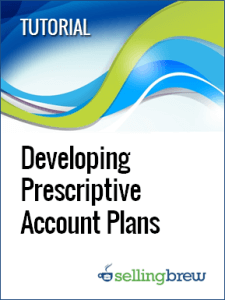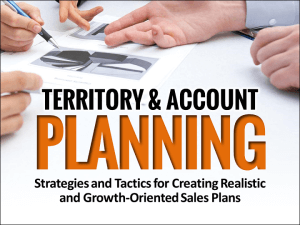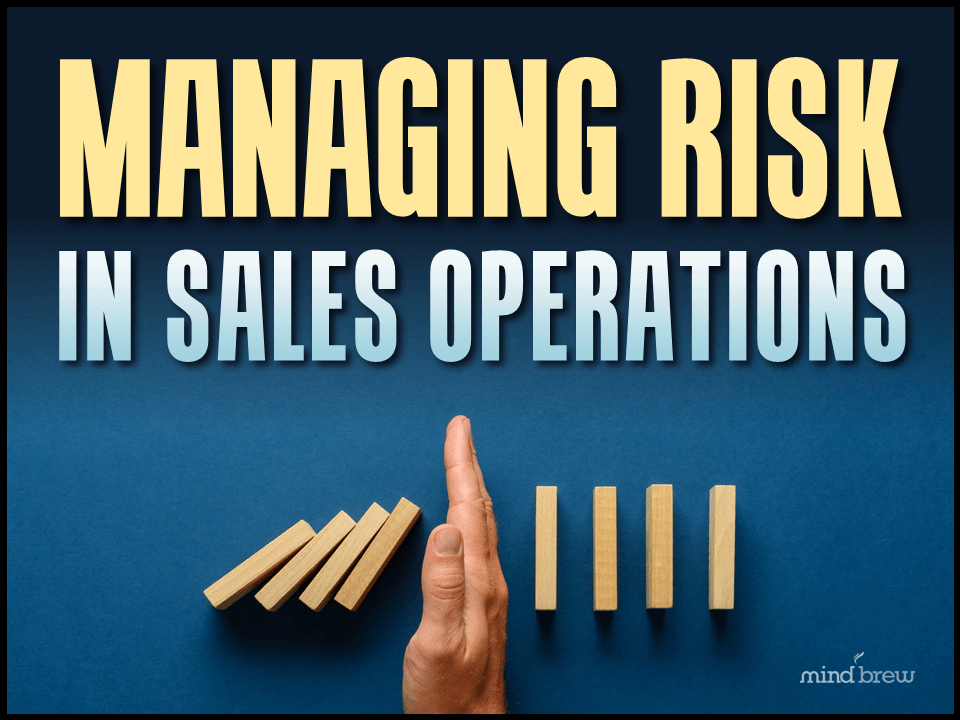How does your sales team select target accounts?
If your company is like most B2B firms, you probably end up using one (or more) of these three common methods:
- Opinion. At many organizations, salespeople just decide which accounts to target. Individuals may decide on their own, or the group may come to a consensus about which customers and prospects they want to go after, but the decision in these cases isn’t based on a lot of rigorous thinking. Often firms end up targeting the accounts that are their biggest customers—after all, if a company is already spending a lot of money, it should be easy to get them to spend a little more, right? Or maybe they just have a good impression of a particular company or a sales rep wants to visit a particular place. The salesperson or sales team has a reason for going after a particular account, but it’s not a strategic, numbers-based reason.
- Intuition. At other companies, sales reps have even less justification for choosing particular accounts to target. They are going purely on gut instinct. “I just feel like this prospect should be buying from us,” they might say, or “I just feel like this customer could be buying more from us.” Sometimes these feelings-based targeting decisions pan out—in which case the salesperson looks like a genius. Most of the time, they don’t pan out, but that doesn’t really surprise anyone because it was all just based on a vague impression. The salesperson doesn’t have a lot to lose by following up on these hunches, but the company generally isn’t winning a lot more business either.
- Established relationships. Frequently, sales reps will go after a particular piece of business because they know someone who works for a given company. Again, sometimes this works because people you already know may be inclined to throw you some business. However, just because you “know a guy” somewhere doesn’t mean that your products and services are a good fit for that business. In many of these situations, sales reps end up chasing after accounts that are really small potatoes instead of focusing on opportunities that might be more profitable for the company.
While all three of these methods for selecting target accounts are extremely common, obviously, none of them are ideal.
The highest-performing sales teams take a radically different approach. They are using segmentation techniques and statistical analysis to figure out where the opportunities are, both in terms of new business and in getting more sales from existing customers. They let the data—not their thoughts, feelings, or relationships—tell them where they should be going after business. And they are more successful as a result.
As the group that has all the sales data and the analytical skills to make sense of it, sales ops is in the ideal position to do this type of analysis. And when sales ops is making data-driven decisions about which accounts to target, their companies experience a number of benefits: Sales reps know how much business they can expect to get from a given account, and they are able to focus their attention on the accounts where they are most likely get the most business. In addition, they are able to have very specific conversations about what they can offer a given account instead of just fishing around. Sales managers also have a better idea of the untapped opportunities, and they can give their teams more targeted direction and coaching. Ultimately, the company as a whole is better able to make more accurate sales forecasts and achieve their sales goals.
All too often, account planning is based on nothing more than guesswork. But it doesn’t have to be that way. To learn more about what data-driven, strategic account planning can do for you, check out the tutorial on Developing Prescriptive Account Plans and the webinar on Leading-Edge Account and Territory Planning.













